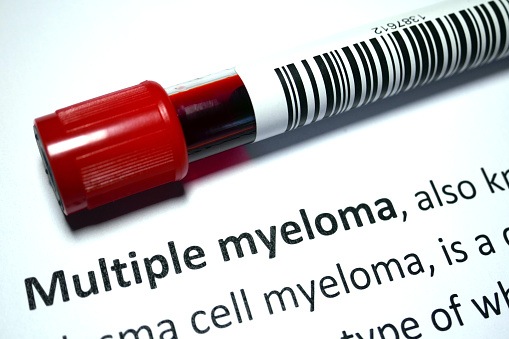
Researchers conducted a meta–analysis to identify risk factors for pulmonary embolisms (PE) in patients who had COVID-19. Their report, published in the International Journal of Infectious Diseases, observed different risk factors for PE in patients with COVID-19 than the classic PE risk factors. Lead author, Li-Yan Cui, and colleagues also expected that risk factors for PE were “likely to differ in diverse study populations.”
The review included pooled data from 27 studies and an analysis of three patient subgroups as well. The investigators calculated pooled odds ratios and found that the following factors were correlated with PE risk for patients with COVID-19: male (odds ratio [OR] 1.49, 95% confidence interval [CI] 1.26–1.75, P = 0.000), obesity (OR 1.37, 95% CI 1.03–1.82, P = 0.033), mechanical ventilation (OR 3.34, 95% CI 1.90-5.86, P = 0.000), severe parenchymal abnormalities (OR 1.92, 95% CI 1.43–2.58, P = 0.000), ICU admission (OR 2.44, 95% CI 1.48–4.03, P = 0.000), and elevated D-dimer and white blood cell values at hospital admission and closest to computed tomography pulmonary angiography (CTPA; P = 0.000).
Conversely, age and common comorbidities did not demonstrate an association with the occurrence of PE. Subgroups defined by CTPA, unclear-ratio/low-ratio, and hospitalization also had consistent risk factors across all the included studies. However, other subgroups included in the articles demonstrated fewer risk factors for PE.
In closing, the study’s authors summarized that, “PE risk factors in COVID-19 were more likely to be associated with the severity of illness.” Based on their subgroup analyses, they also concluded that “the currently reported risk factors for PE are mostly based on the population of COVID-19 patients with CTPA, unclear-ratio/low-ratio thromboprophylaxis, or hospitalization,” with an acknowledgement that these might differ in other study populations.







 © 2025 Mashup Media, LLC, a Formedics Property. All Rights Reserved.
© 2025 Mashup Media, LLC, a Formedics Property. All Rights Reserved.